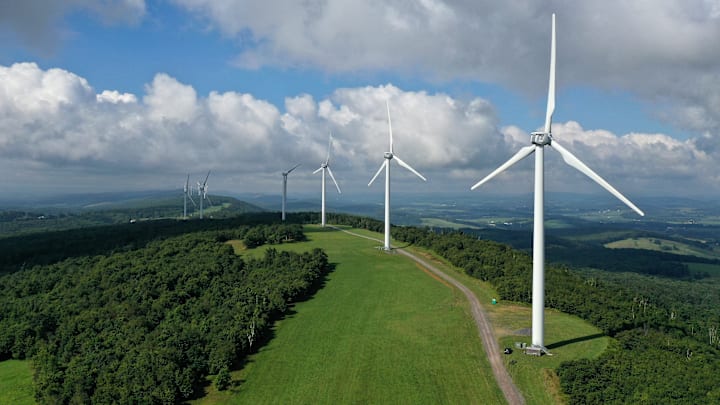The Role of Renewable Energy in Mitigating Climate Change

Renewable energy sources, such as solar, wind, hydroelectric, and geothermal power, play a crucial role in mitigating climate change by reducing reliance on fossil fuels and lowering greenhouse gas emissions. Unlike fossil fuels, which are finite and contribute to air pollution and global warming, renewable energy sources harness natural processes that are continuously replenished, offering clean and sustainable alternatives for meeting global energy demand.
Solar energy is abundant and widely accessible, with photovoltaic (PV) panels converting sunlight directly into electricity. Advances in PV technology have made solar power increasingly cost-effective, making it a viable option for residential, commercial, and utility-scale applications. Wind energy utilizes turbines to capture kinetic energy from the wind, providing a reliable source of electricity in windy regions and offshore locations.
Hydropower represents the largest source of renewable electricity globally, generated by harnessing the energy of flowing water through dams and turbines. While hydropower can contribute to energy security and grid stability, it also raises environmental concerns related to habitat disruption and upstream flooding. Geothermal energy taps into Earth's heat beneath the surface, producing electricity and heating buildings through geothermal heat pumps.
The transition to renewable energy is driven by environmental imperatives, energy security considerations, and economic opportunities. Countries around the world are setting ambitious targets for renewable energy deployment, investing in infrastructure and technology innovation, and implementing policies to incentivize clean energy investments. Initiatives like feed-in tariffs, tax incentives, and renewable portfolio standards encourage private sector participation and accelerate the adoption of renewable energy technologies.
Despite their advantages, renewable energy sources face challenges such as intermittency (variations in availability), grid integration, and initial investment costs. Energy storage technologies, such as batteries and pumped hydro storage, are essential for balancing supply and demand and ensuring grid stability in renewable energy systems. Research and development efforts focus on improving efficiency, reducing costs, and enhancing the reliability of renewable energy technologies.
In conclusion, renewable energy represents a critical pathway to reducing greenhouse gas emissions and combating climate change. By scaling up deployment, investing in innovation, and fostering international cooperation, the global community can accelerate the transition to a low-carbon energy future and achieve sustainable development goals.